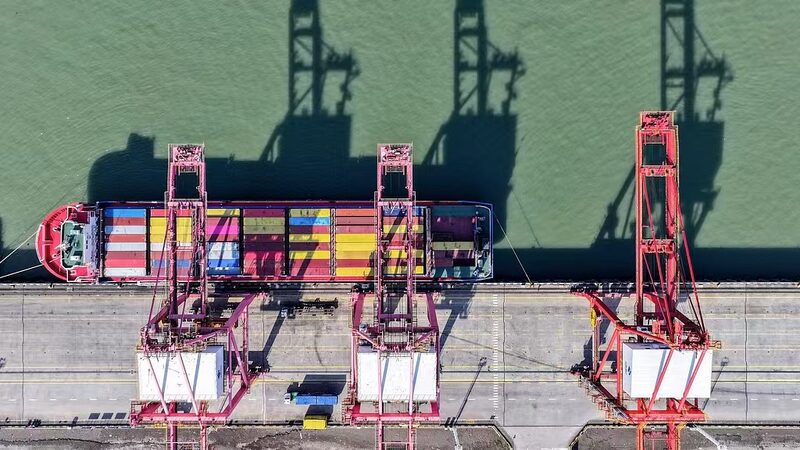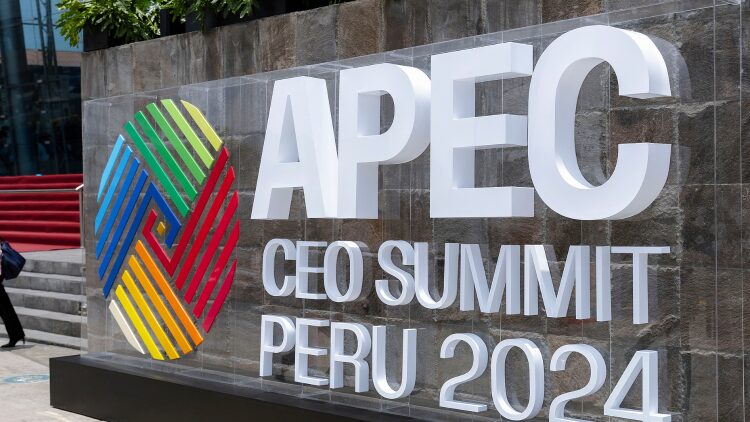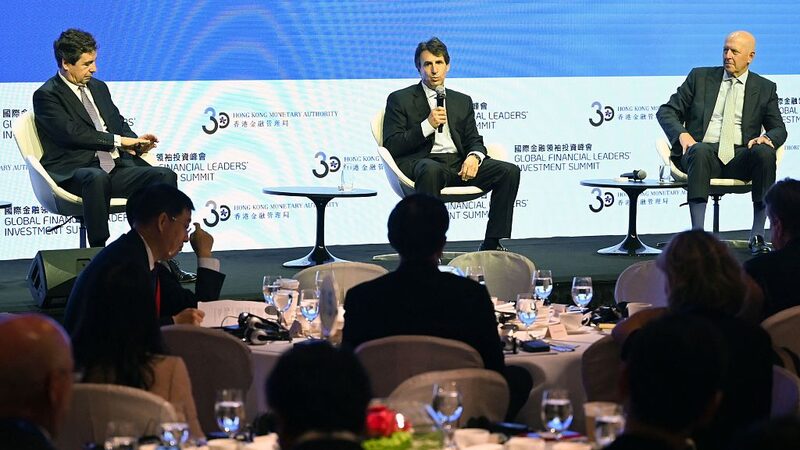Deutsche Bank has released a bullish analysis on China’s economy, suggesting that global investors are overlooking significant opportunities in Chinese stocks. The latest report highlights the strong performance of Chinese assets and technologies, which have become scarce in Western discussions.
Peter Milliken, the bank's Hong Kong-based analyst focusing on the Asia Pacific region, emphasized that Chinese companies possess some of the widest and deepest moats in today’s market. \"Investors who like leading companies with moats cannot ignore this: it is Chinese companies, not the Western companies they see as economically superior, that have the widest and deepest moats today,\" Milliken stated.
Chinese Companies' Growing Competitiveness
The report underscores the increasing competitiveness of Chinese companies, particularly in high value-added sectors. Last year, when a Chinese company launched its large language model DeepSeek, it was hailed as a \"Sputnik moment\" for AI by Silicon Valley entrepreneurs. According to Deutsche Bank, Chinese firms are now offering better value for money and often superior quality in many manufacturing sectors and services, making them hard to ignore.
China's Economy is Fine
Despite Western criticisms and concerns about an \"economic slowdown,\" China met its GDP growth target of 5 percent last year. While this is a modest figure in China's history, it still outpaces the growth rates of major economies like the U.S., Japan, and the European Union. Milliken notes, \"Despite a cyclical slowdown, China is still growing more than twice as fast as most developed markets.\" The report draws parallels between China’s current growth trajectory and the economic paths of other developed nations, suggesting that concerns about a slowdown may be unfounded and that future perspectives might view China’s growth as a \"miracle.\"
China's Unique Advantages Amid Population Aging
Addressing the challenges of an aging population, the report highlights two unique advantages that position China for sustained economic growth. First, China's high level of automation, with about 70% of the world's industrial robots installed, enhances productivity and per capita wealth. Second, the Belt and Road Initiative connects China’s industrial capabilities to emerging markets across the globe, including BRICS and ASEAN countries. These young markets are expected to offset the effects of an aging population and support continued economic expansion.
Reference(s):
cgtn.com








